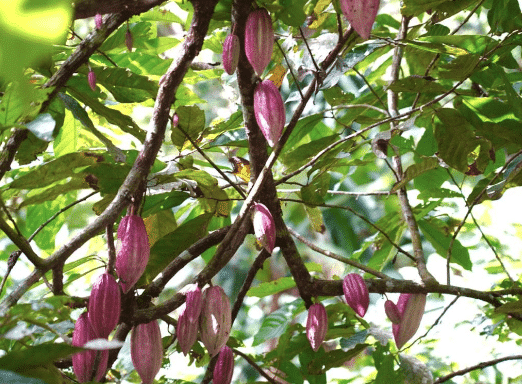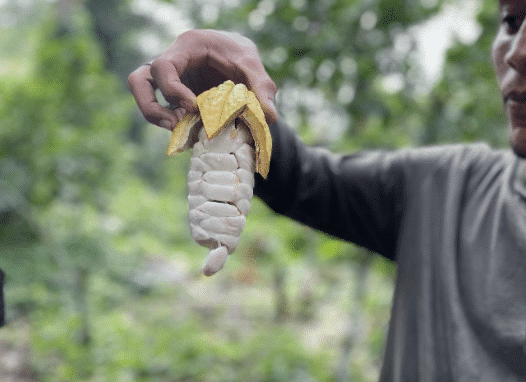HACIENDA LA SABANETA, VENEZUELA
How a Young Woman Revived the Family Cacao Hacienda
CACAO – ICON & JEWEL IN THE CROWN OF VENEZUELA
It’s no secret that Venezuela produces some of the best cacao in the world. In fact, the South American country has been responsible for producing some of the world’s finest cacao for centuries.
Especially during Venezuela’s colonial era, cacao was highly valued and its cultivation and exports were Venezuela’s greatest source of wealth. The first plantations were established in the 18th century, and soon these huge plantations known as ‘Gran Cacaos’* fed Europe’s growing appetite for chocolate. Around 1800, Venezuela was the largest cacao producer in the world, and in particular the cacao haciendas in Choroní played an important role in the Venezuelan cultural cacao heritage.
Then, in the 20th century, there was oil. Dictators came and went. Venezuela, despite its vast fertile lands, became a net importer of food. The legendary strongman Juan Vicente Gómez confiscated cacao plantations in this forest and made them part of his personal empire. Bureaucrats later collected a monopoly over the industry, eroding incentives to produce high-quality cacao. Revenues plummeted.
Venezuela -once the world’s largest producer in the 17th century under the Spanish Empire- today accounts for less than 1% of the world’s cacao production. In fact, Venezuela produces about the same amount of cacao as it did three centuries ago: 15,000 tonnes a year.
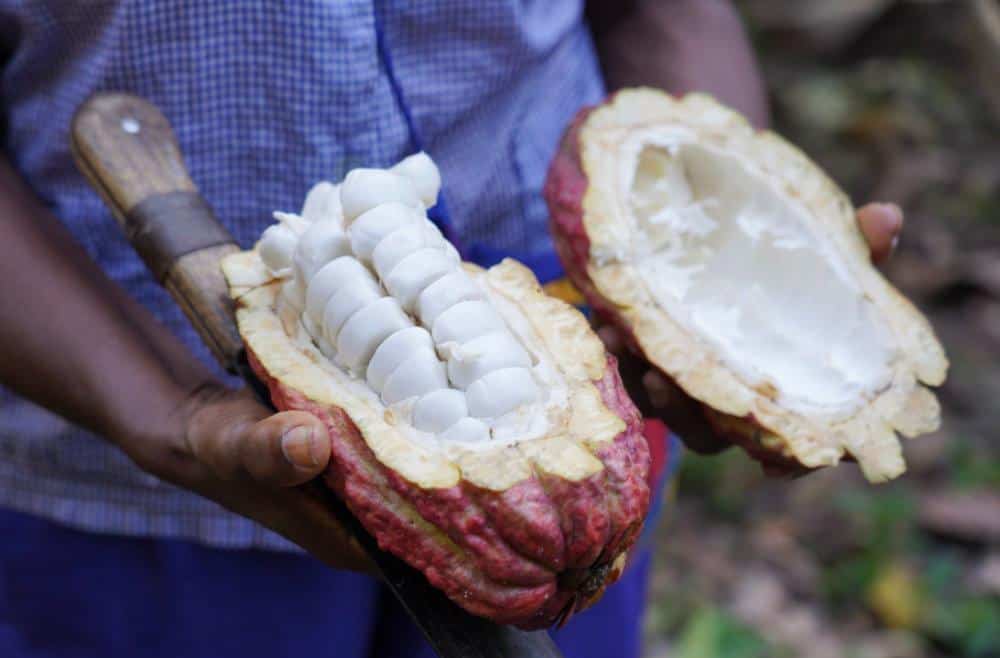
THE REVIVAL OF THE CACAO HERITAGE IN CHORONI
The central coastal area of Choroní traditionally grows the best cacao with the finest aromas. This cacao is also known as ‘the nec plus ultra’ of Venezuelan cacao. In fact, this cacao is so sought after that European chocolate aficionados sometimes face stiff competition to gain access. Chocolate makers talk about the unique factors here on the edge of the Caribbean; here you will not only find excellent local genetics, the outstanding locally applied post-harvest techniques continue to amaze us and surprise us more and more positively every year.
But many traditional cacao haciendas have been abandoned or sold off throughout history to make way for the travel and leisure industry. Especially in Choroní, agriculture has largely been replaced by tourism and fishing in recent decades, but luckily there are still a few cacao farm gems that guarantee limited production of outstanding quality.
The cultivation of cacao in this valley dates back to colonial times. Choroní is located in the Henri Pittier National Park, home to the largest variety of birds in the country and serves as an ideal spot for cacao, fishing, and tourism. Only a few haciendas around the Choroní River and on the edge of the National Park survived or experienced a revival. Some farms participated in an initiative (commercial and scientific) launched in 1996 to protect and promote local cacao production.
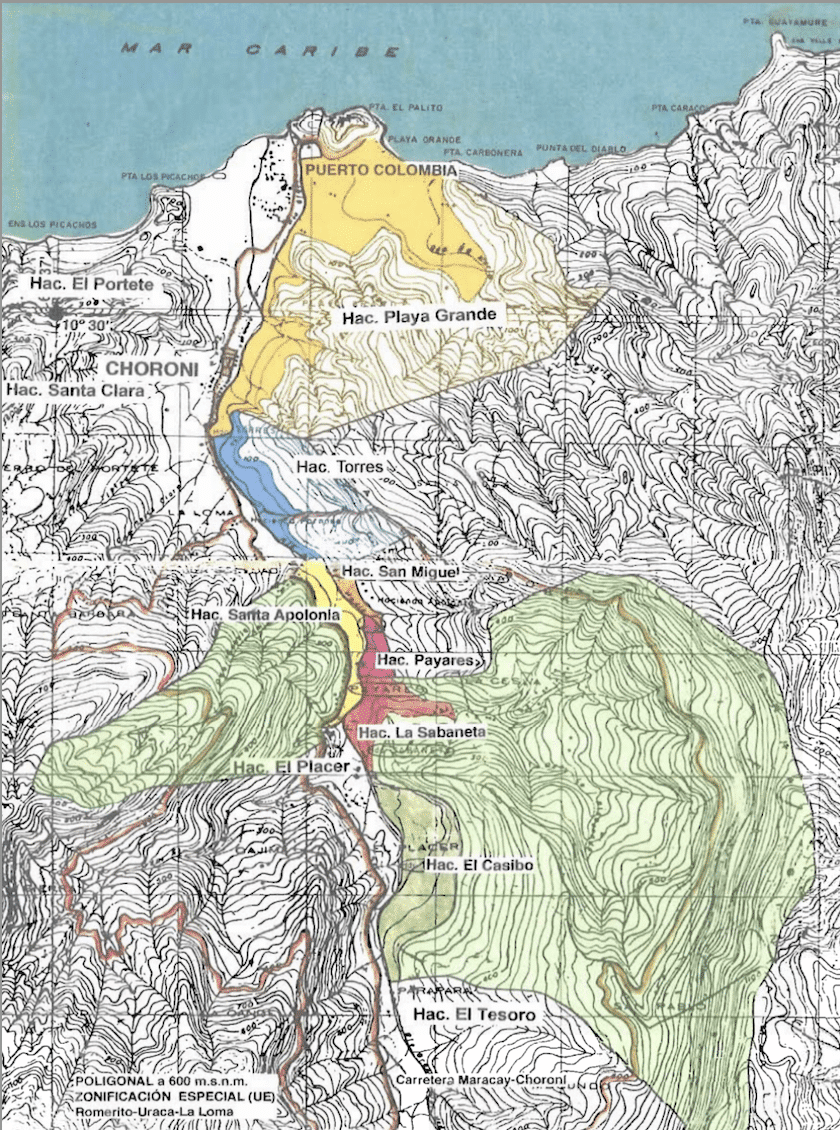
As in most other countries, Venezuelans have a strong sense of national pride. This is also the case in Choroní, where some passionate and proud locals wanted to return to their cacao roots, revive the local cacao production or rebuild their cacao family hacienda. Venezuelans have always been passionate about their cacao and take pride in producing this high-quality fruit because it is part of their cultural identity and heritage.
HACIENDA LA SABANETA – A TRUE CACAO GEM
Our favourite Hacienda ‘La Sabaneta’ is located in Choroní, this coastal town in the state of Aragua, Venezuela. La Sabaneta was founded in 1885 and has since undergone several processes of transformation and evolution to become the famous cacao-producing hacienda it is today. Approximately 17 hectares (42.0 acres) of the 200 hectares (494.2 acres) is planted with cacao.
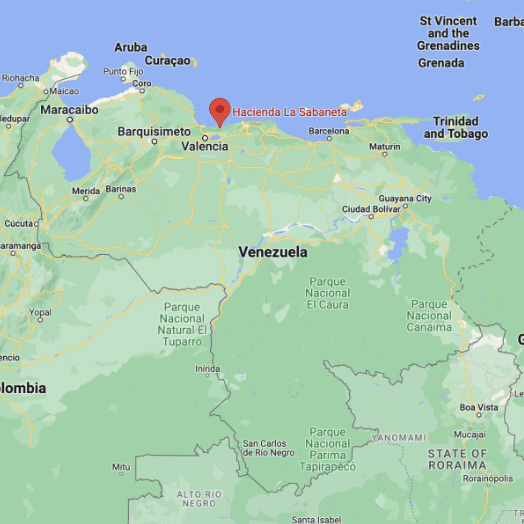
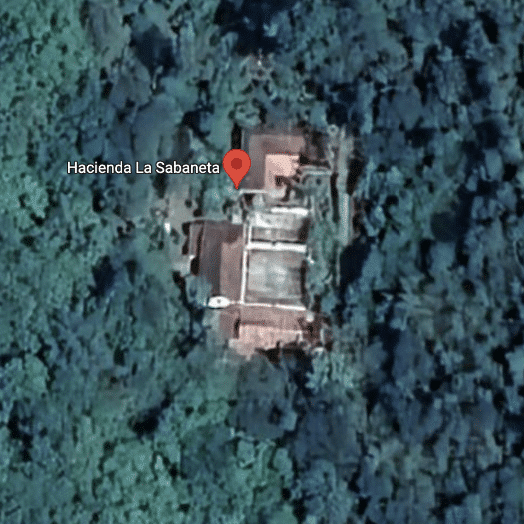
The main house of the La Sabaneta hacienda is located on the banks of the Aragua river. Entering the hacienda is a magical experience that takes the visitor back to colonial times, with architecture built more than 200 years ago. The original farmhouse retains the signature Caribbean colonial thick walls, high ceilings, cobblestone floors, and beautiful windows that let in the natural light.
When the freshly harvested cacao is transported to this authentic hacienda, it is first carefully housed in the fermentation room. In this separate room – where the temperature can be precisely monitored – the fermentation takes place in wooden boxes (constructed with wood from the farm). This practice is followed by the drying process on the main drying patio. There the cacao is dried gradually and in the sun. This not only reduces the moisture content (and enables proper handling and storage), it also ensures the cacao to develop its characteristic, unique Venezuelan cacao flavour.
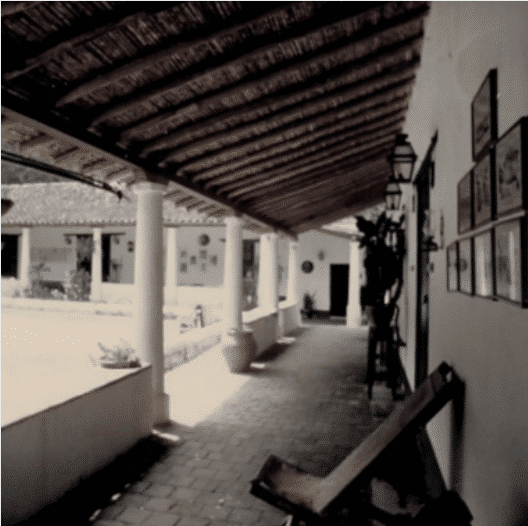
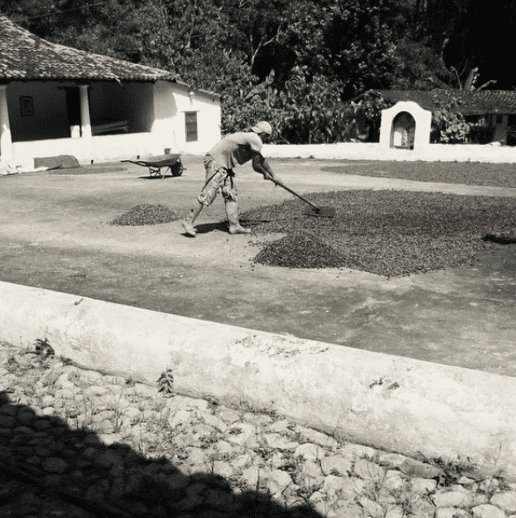
LOCAL HERO DANIELA GONZÁLEZ – A GEM OF A WOMAN
How a Young Woman Revived the Family Cacao Hacienda
Venezuela is widely known as a challenging place to do business, but thanks to the peculiar resilience and determination of a passionate lady called Daniela González, Hacienda la Sabaneta is not only experiencing a cacao revival, but has meanwhile harvested several varieties of high-quality cacao that have been awarded and catalogued as ‘The Best of All’.
Daniela grew up at the family farm. Her father -Señor Daniel González -is not only her biggest supporter, he also effectively backed her up during this revival with advice and support. The workers on hacienda remember Daniela as a little girl and still affectionately call her Danielita. All the people on the farm are one big family; they care for the cacao plants, for the hacienda, for the harvested beans and for each other. Knowing each other and each other’s families for decades, they are united by their friendship, loyalty and passion for cacao and their heritage.
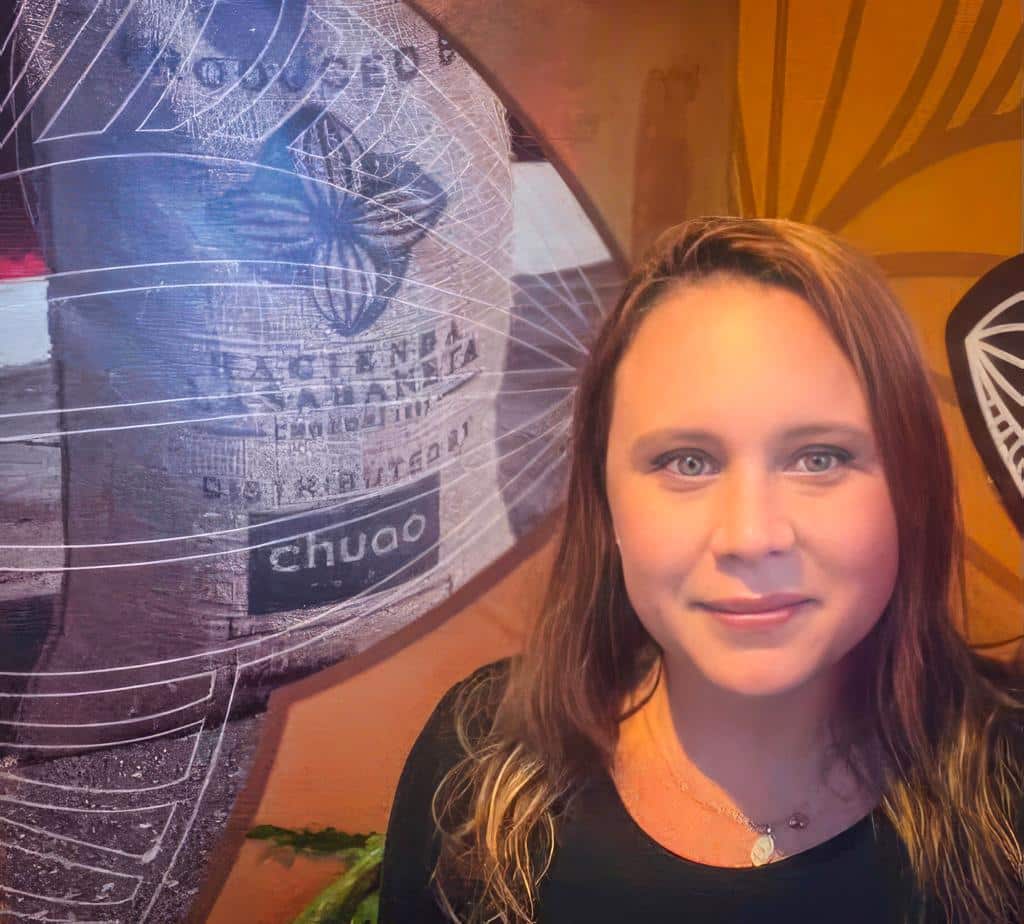
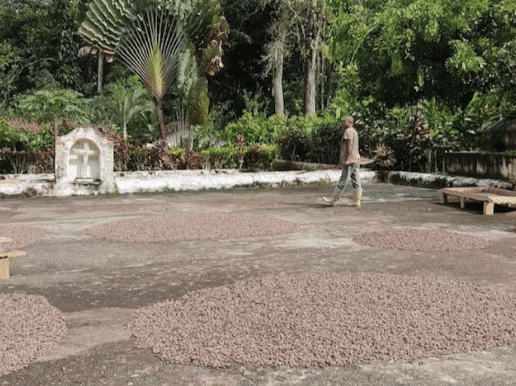
We asked Daniela why and how she put the family hacienda back on the Venezuelan cacao map. Below are a few quotes from her passionate and inspiring speech.
Daniela starts off: ‘Located in the state of Aragua on Venezuela’s central coast, the case of Choroni and Hacienda La Sabaneta is a prime example of the great changes Venezuelan culture has endured over the past 500 years. The cacao haciendas have changed hands, shrunk and/or grown. The population changed from Indians, to Africans, to Mestizo; the frugal and cultural values shifted from an isolated agricultural community to a popular tourist destination. This small town has undergone all these changes in recent years, and the haciendas will not survive for the next ten years without a conservation plan. Both the preservation and the spread of cacao traditions are necessary to maintain these cacao haciendas and their superior cultivation and production. The historical values associated with these sites must be understood by the community in order to recognize the roots and reconstruct the origins of our traditions. With the right education and training, we can preserve the cacao haciendas and the cacao heritage for the future generations. It may take many years for these changes to bear fruit, but our grandchildren will always be grateful. Preserving the cacao hacienda is not about protecting private property or preserving old trees and old buildings; it’s about preserving the future.‘

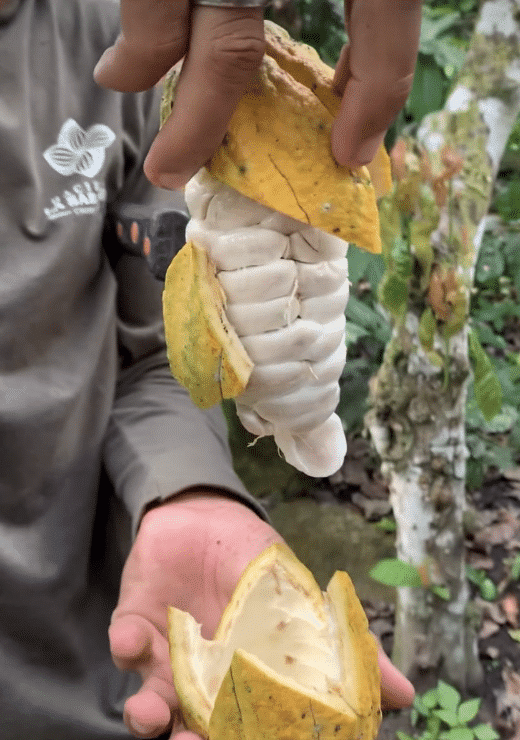
In 2020, the Gonzálezes embarked on a revival journey to preserve the Hacienda, and to revitalize and enhance its production performance. This resulted in superior quality cacao that has been awarded and cataloged as ‘The Best’.
Daniela’s future plans for Hacienda Sabaneta and the local cacao community are legion. She explains: ‘We’ve already made a fantastic start and things are going well But we want to improve and excel, so we can expand and steer the business in the right way.
Cacao genetics-wise, we strive to enhance and refine the unique cacao genetics of the plantation. Extensive cacao genetics studies have already been carried out by various specialists who advise and guide us in this regard.
We are also eager to take our harvest and post-harvest practices to the next level. The knowledge and skills of all previous cacao generations will be poured into even more specific and stricter protocols. We don’t just want to preserve our cacao knowledge and traditions, we want to combine our unique cacao heritage with modern techniques. A promising and interesting combo.
And finally, we want to further develop and expand our agriturismo section. This too with the aim of creating added value and benefits for our beloved local cacao community.
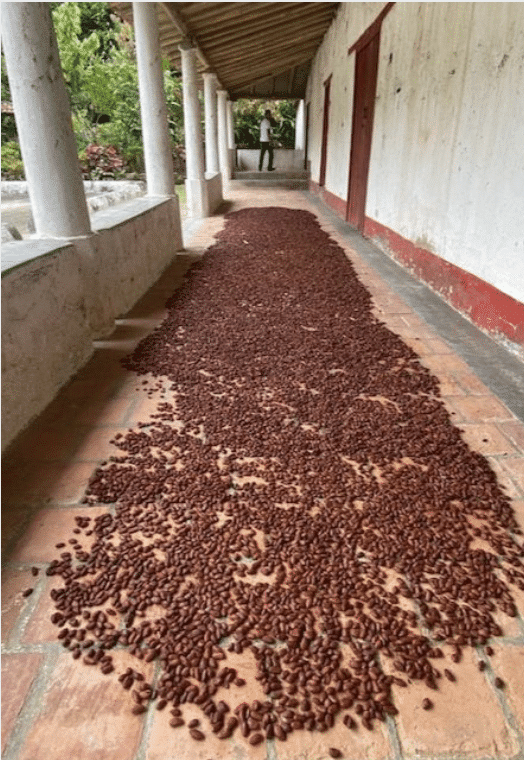
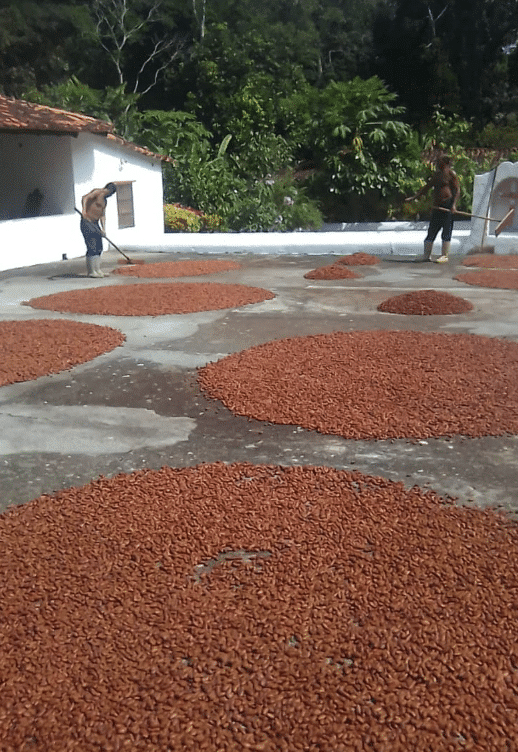
CACAO CHORONI – LA SABANETA – HIGHLY SOUGHT RARE GEM
PLANTATION CACAO – CHORONI – LA SABANETA
Region: : Aragua, Village of Choroní
Variety: Native Varieties
Flavour: Pink grapefruit, camomille, lemongrass, chestnut
Fermentation: Centrally Fermented in horizontal wooden boxes
Drying: Sun dried for minimum 4 days on concrete floor
Certification: Protected Origin with Guarantee of Authenticity – Grown Organically
Cacao Supply chain: 100% Traceable – Cacao growing & post-harvesting at one single farm
NOTES, KUDO’S, CREDITS & INSPO
* A plantation owner was known as a ‘Gran Cacao’, or ‘Big Cacao’, and the expression persists in Creole Spanish today, used in the same way that an English-speaker might refer to someone as a ‘Big Cheese
Ernestina R Fuenmayor – Cacao Haciendas in Choroní, Venezuela – Understanding & Conserving Historic Cultural Landscapes
Wikipedia – Haciendas coloniales de Choroní – La Sabaneta
Instagram Hacienda La Sabaneta
Silva Cacao – Choroní, La Sabaneta

